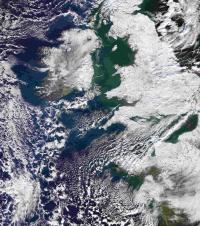
The researchers have discovered a link between low solar activity and unusually low winter temperatures in this region. It is possible that, at times of low solar activity, the mild winds from the Atlantic do not reach Europe in winter. These results do not contradict an anthropogenic climate change, which is causing the temperatures on Earth to increase on average. (Environmental Research Letters, April 15, 2010)
The sun does not always radiate with the same intensity: Phases of high activity, in which our Sun sends particularly large amounts of radiation and large numbers of particles towards Earth, alternate with comparably quiet phases in a roughly eleven-year cycle. Visible evidence of this cycle is provided by the dark sun spots which can sometimes even be seen with the naked eye. If there are a large number of these spots, the Sun is experiencing a particularly high level of magnetic activity and therefore radiates very brightly.
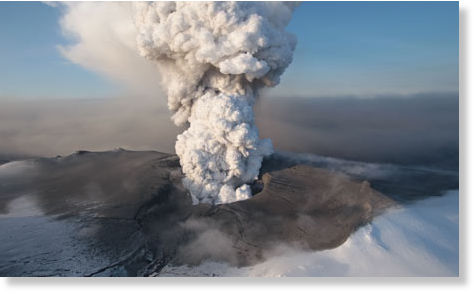
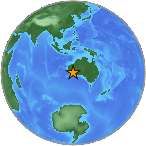
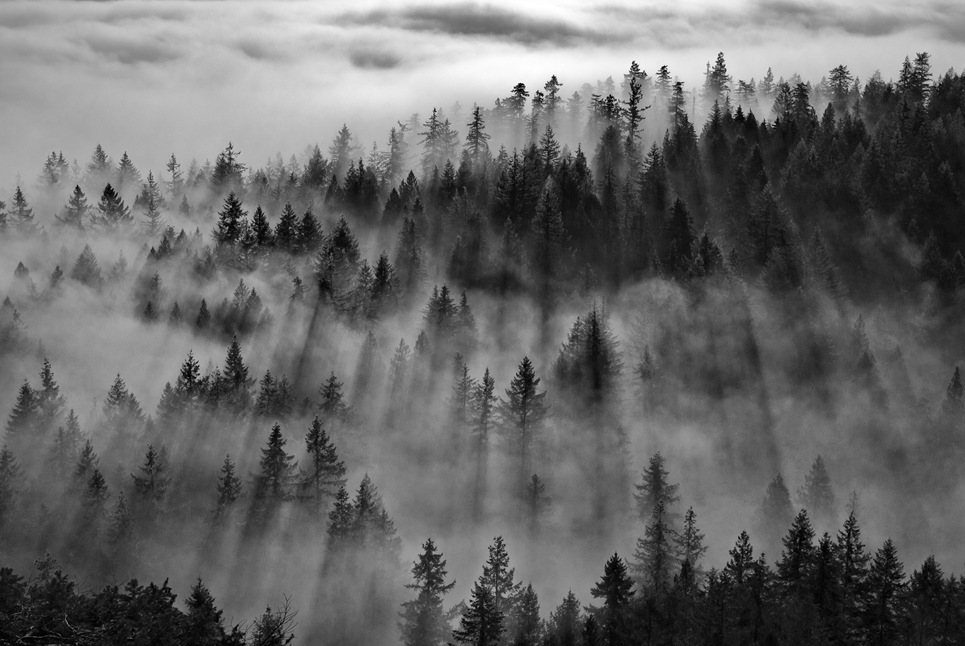
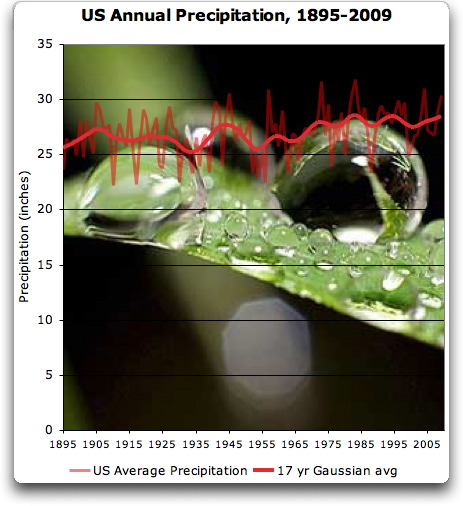
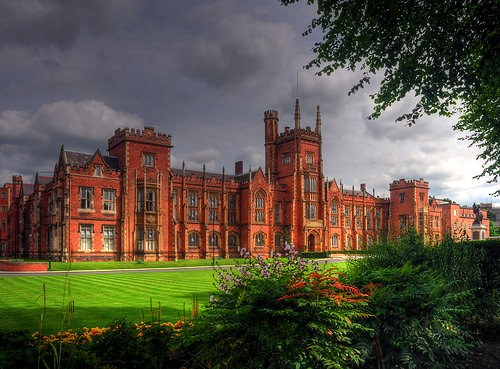
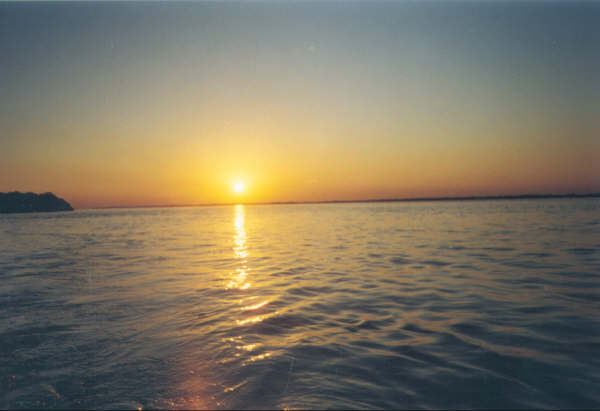
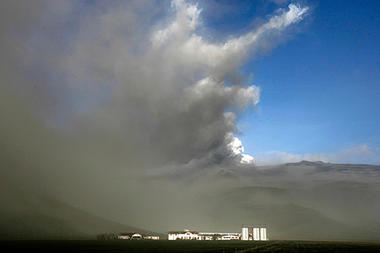
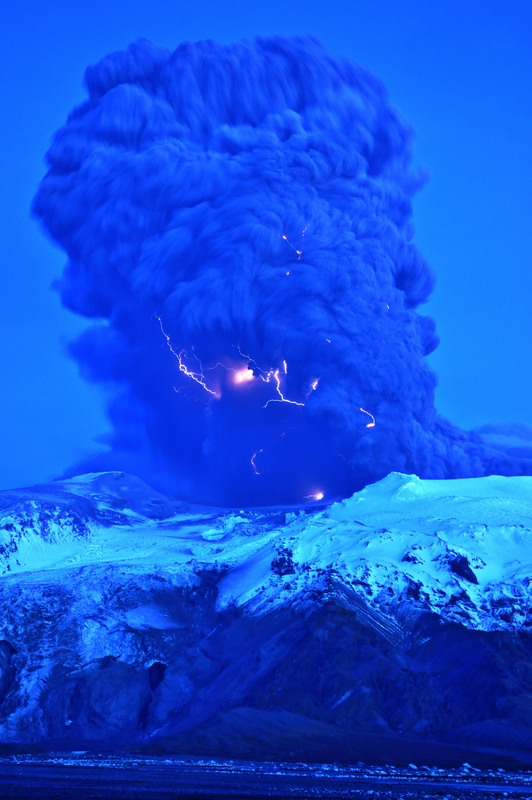
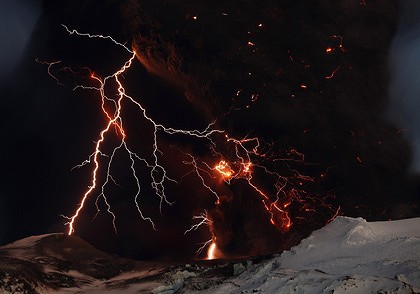



Comment: Sott.net prediction: next winter will also be bitterly cold across the northern hemisphere. It may not even end.